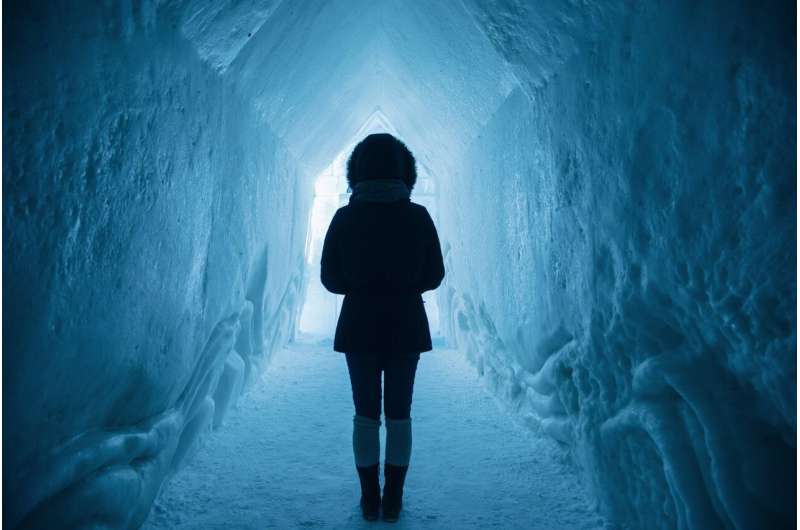Study gets up close with near-death experiences

Those who momentarily shuffled off this mortal coil returned with positive perceptions of what they discovered on the other side—a finding that encourages researchers to dig deeper into the ways people describe near-death experiences, according to a joint study between Western and the University of Liège (Belgium).
In their written testaments of the great beyond, individuals who had a near-death experience offered positive-toned words like "see" and "light" far more frequently than negative-toned ones like "fear" and "dead," according to the study. Researchers are celebrating this quantitative scientific proof that most people respond positively to near death experiences
The study, Characterization of near death experiences using text mining analyses: A preliminary study, was published today in the journal PLOS ONE.
Unlike previous work, this study utilized text mining and artificial intelligence to provide an objective, unbiased approach to understanding human consciousness following these life-altering encounters that are predominantly studied elsewhere as subjective, individual phenomenon.
Physics and Astronomy professor Andrea Soddu, a Brain and Mind Institute member, collaborated with Belgian neurologist Steven Laureys and colleagues at Western and ULiège for the study.
Traditionally, near-death experiences are explored using standardized questionnaires like the Greyson scale, which includes queries like "Did you have a feeling of peace and pleasantness?" or "Did you feel separated from your body?" This is a potentially biased approach, which may skew recollections and subsequent discoveries.
"There is no bias with text mining, which is contrary to behavioral studies like Greyson scaling when individuals are asked specific questions," Soddu explained. "Text mining is completely unbiased. It is fully automatic and we, as researchers, don't make any assumptions."
In this study, researchers investigated 158 participants by analyzing first-person, text narratives shared by the individuals following their near-death experiences. This text mining model allows for unbiased evaluation and also provides valuable and measurable data like frequency and correlation of key words like "see," "light," "dead" and "fear."
Once the data was retrieved, the neuroscientists developed visual representations of the findings like graphs and dendrograms to illustrate the proximity of specific words as they relate to positive and negative connotations towards near-death experiences.
Western graduate student Demetrius Ribeiro De Paula, co-first author of the study with Vanessa Charland from ULiège, says this text mining approach will only increase in validity as more and more narratives are collected.
"In the future, when there will be a huge volume of these text narratives, it will be much easier to handle the data using text mining as opposed to the questionnaire approach," De Paula said.
More information: Vanessa Charland-Verville et al. Characterization of near death experiences using text mining analyses: A preliminary study, PLOS ONE (2020). DOI: 10.1371/journal.pone.0227402

















